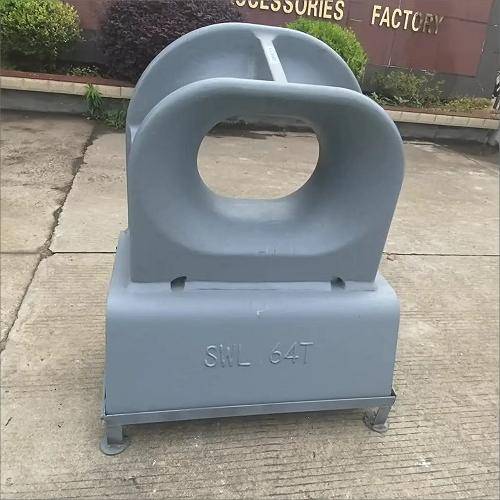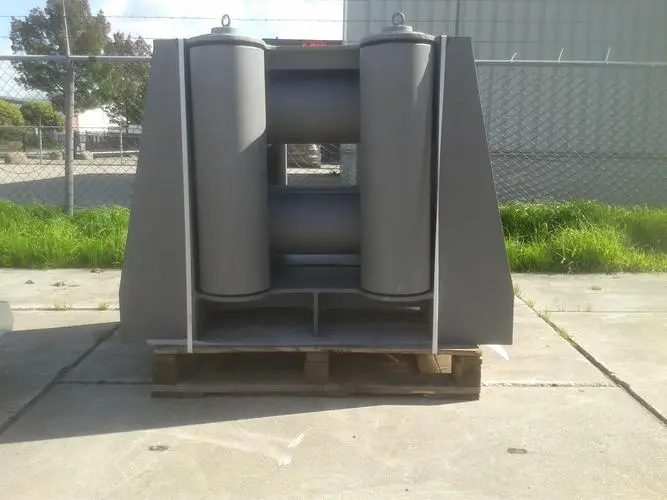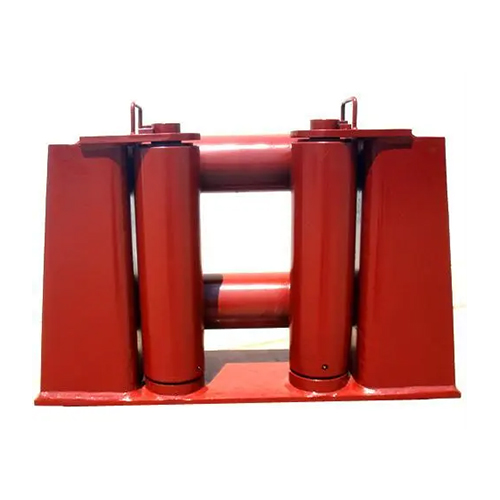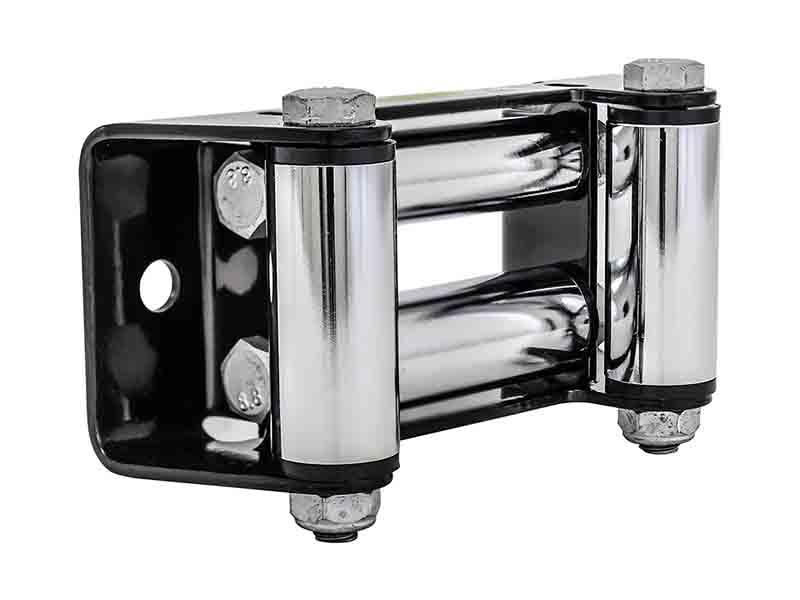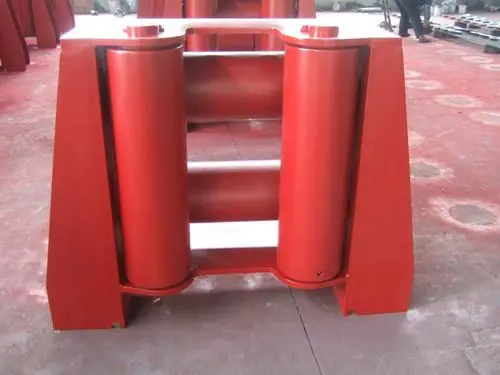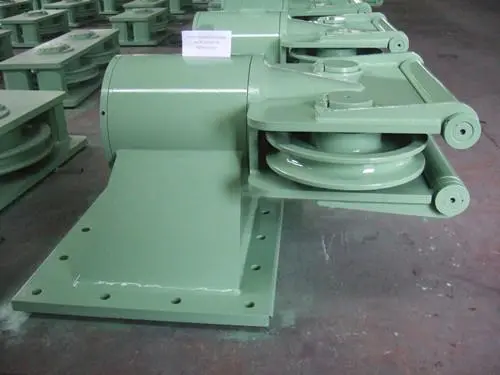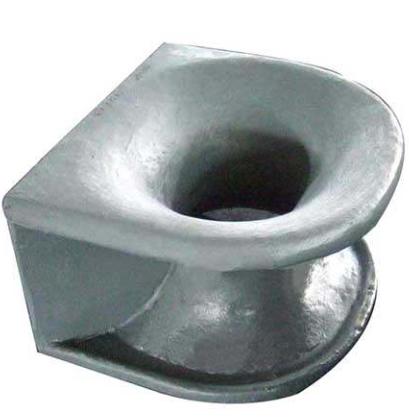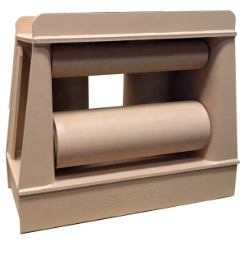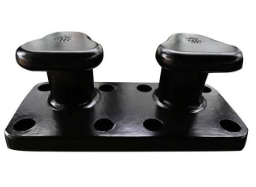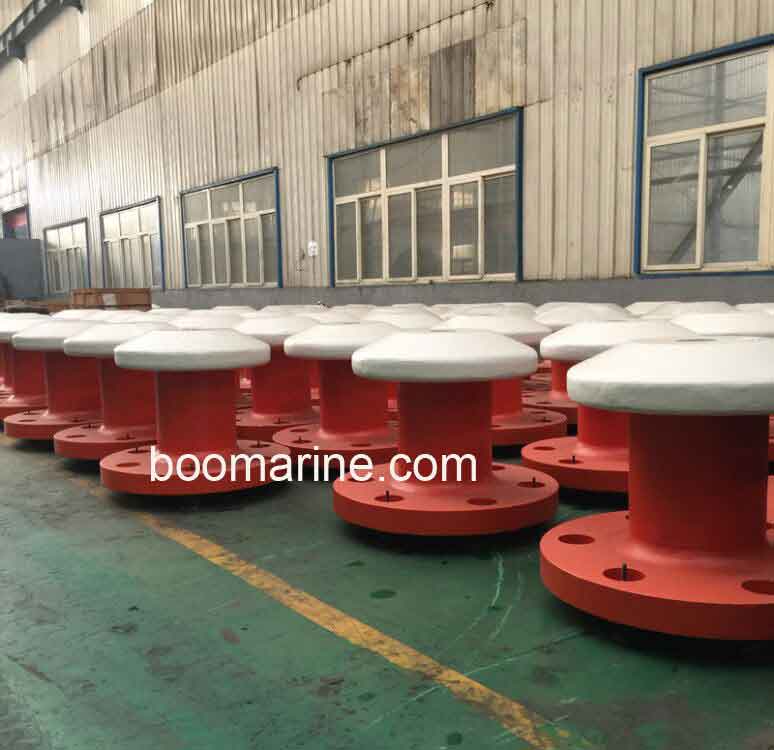Contents
Boating is not only a leisurely pastime but also a crucial mode of transportation for many, and the safety and reliability of boats are paramount. When it comes to boat anchoring and docking, having the right equipment and mechanisms in place can make all the difference in ensuring a seamless and secure experience. Among the various components that play a crucial role in this process, mooring chocks and roller fairleads stand out as two key elements, each with its unique functions and advantages.
Boats of all sizes, from small recreational vessels to large commercial ships, rely on these mechanisms to guide and secure lines during mooring and docking operations. The effectiveness of these components can impact not only the safety of the boat and its occupants but also the longevity of the vessel itself. For boat owners and enthusiasts, understanding the distinctions between mooring chocks and roller fairleads is essential to make informed decisions when outfitting their vessels.
1. Mooring Chocks
What Are Mooring Chocks?
Mooring chocks are specialized boat hardware components designed to facilitate the secure and controlled management of lines used during mooring and docking. They are typically constructed from durable materials such as stainless steel or aluminum and come in various shapes and sizes to accommodate different boat types and line diameters.
How Do They Work?
Mooring chocks work by providing a designated channel or passageway for mooring lines. These lines are led through the chocks, which serve as guideposts to keep the lines in position. This controlled arrangement ensures that the boat remains stable and stationary while minimizing line movement, chafing, and potential damage to the boat’s structure. Mooring chocks distribute the forces applied to the lines, making them an integral part of safe and efficient mooring.
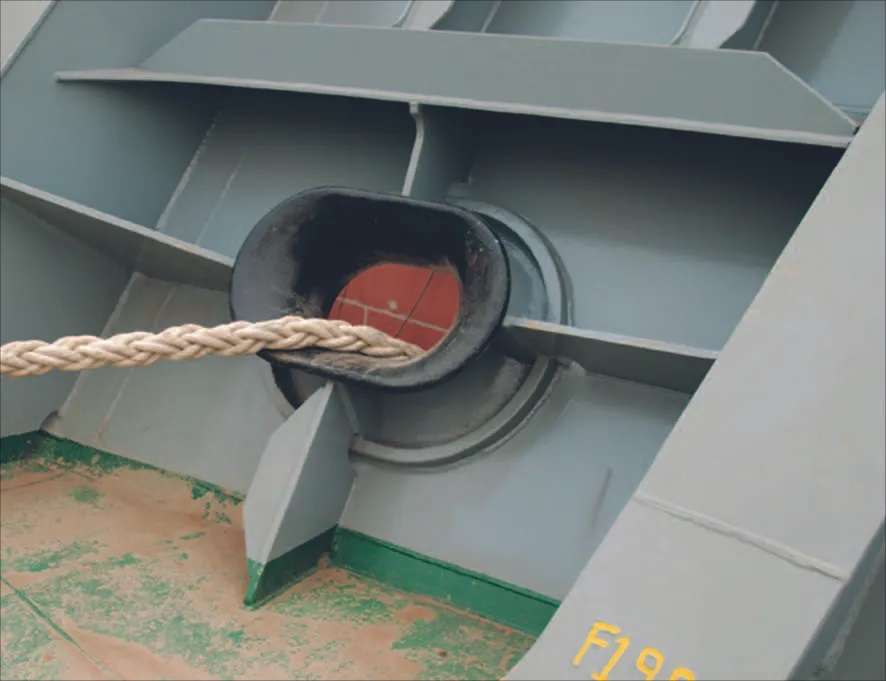
Types of Mooring Chocks
- Fixed Mooring Chocks
Fixed mooring chocks are permanently attached to the boat, offering a stable and unchanging point for securing mooring lines. They are generally ideal for vessels with specific mooring configurations and when consistent line positioning is required. Fixed chocks are robust and reliable, ensuring consistent performance during docking.
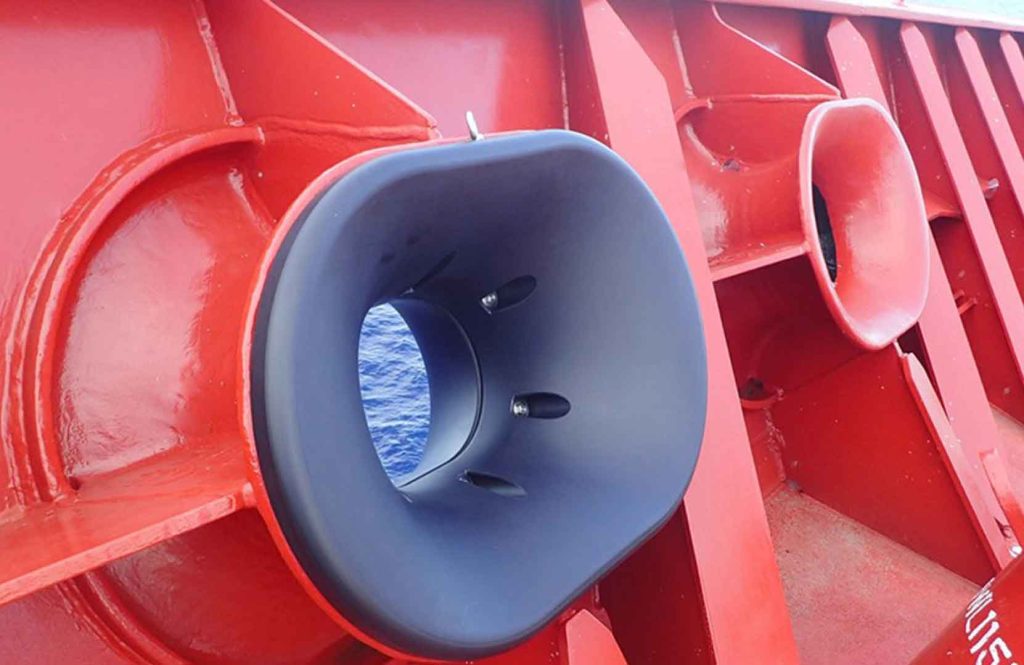
- Hinged Mooring Chocks
Hinged mooring chocks are designed to pivot or swing, allowing flexibility in line placement and adjustment. This flexibility makes them particularly useful for accommodating changing mooring conditions or different line angles. Hinged chocks can be locked into place when needed and are favored for their adaptability in various mooring scenarios.
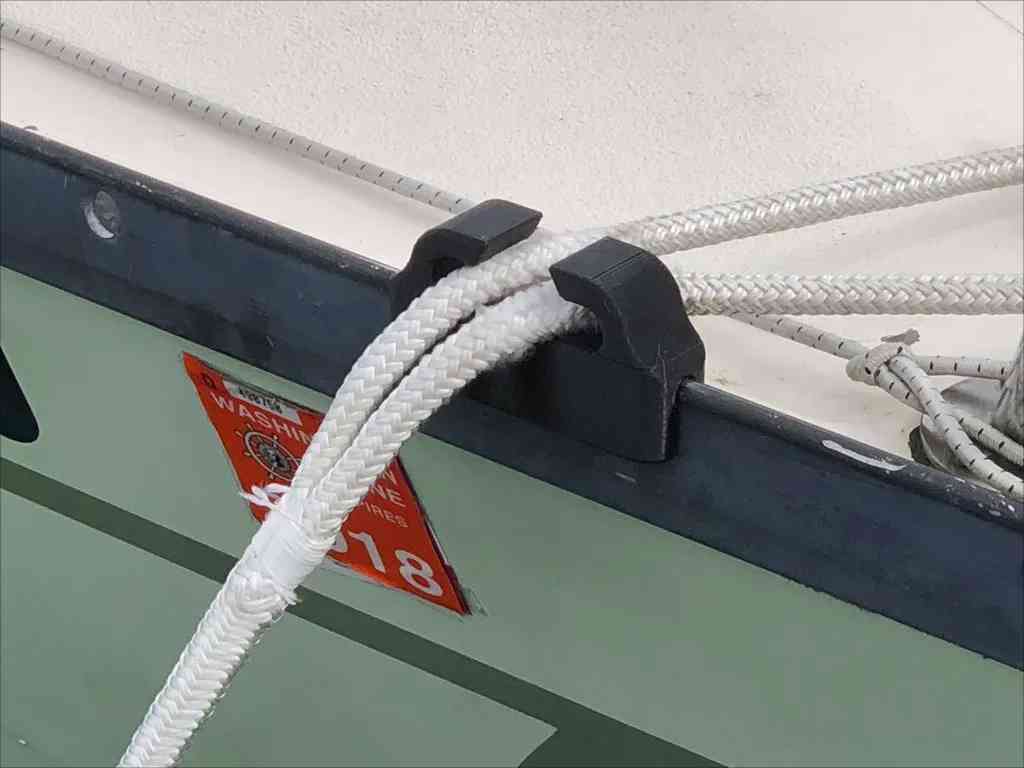
Installation and Usage
- Proper Placement on the Boat
The correct placement of mooring chocks is critical to their effectiveness. They should be strategically positioned on the boat’s hull or deck to ensure that lines are directed away from the boat’s structure and into the water. The placement should account for factors such as boat size, line diameter, and mooring configuration.
- How to Secure Lines Using Mooring Chocks?
To secure lines using mooring chocks, lines are threaded through the chocks’ passageways, ensuring they are properly tensioned. The chocks prevent lines from slipping or moving excessively, maintaining the boat’s position during mooring. Lines should be carefully and evenly distributed through the chocks to balance the load on the boat.
Advantages and Disadvantages
Pros of Using Mooring Chocks
- Enhanced safety: Mooring chocks help prevent lines from chafing, which can weaken them and compromise safety.
- Improved stability: They contribute to the boat’s stability during mooring and docking operations.
- Line management: Chocks keep lines organized and reduce tangling.
- Long-lasting: Quality mooring chocks are durable and resistant to corrosion.
Cons of Using Mooring Chocks
- Limited line adjustment: Fixed chocks may offer limited flexibility in line placement.
- Initial cost: Quality mooring chocks can be relatively expensive compared to some other line management options.
Mooring chocks are integral components for safe and effective boat docking and mooring operations. The choice between fixed and hinged chocks depends on specific needs and preferences, but both types play a crucial role in maintaining the security and stability of a boat during these critical maneuvers.
2. Roller Fairleads
What Are Roller Fairleads?
Roller fairleads are essential components of a boat’s anchoring and docking system designed to guide and manage lines, ropes, or cables during various maritime operations. These components consist of a set of cylindrical rollers strategically placed to facilitate the smooth passage of lines while reducing friction and wear.
How Do They Work?
Roller fairleads work by minimizing the resistance between lines and the boat’s structure, allowing lines to move freely and effortlessly. The rollers reduce friction, which can cause chafing and wear on the lines, potentially compromising their integrity. Roller fairleads are commonly used in anchoring, mooring, and docking operations to maintain the integrity of lines and ensure safe, controlled movement.
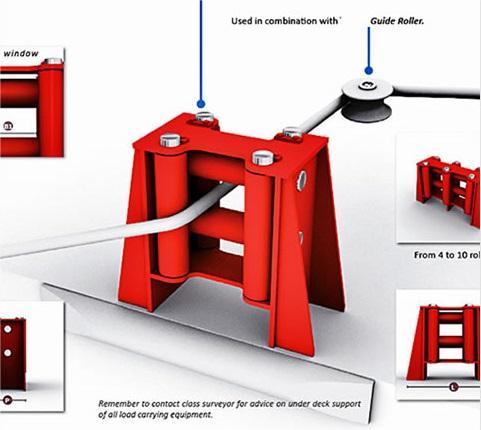
Types of Roller Fairleads
- Vertical Roller Fairleads
Vertical roller fairleads are designed to guide lines in a vertical orientation, typically in situations where lines need to be led vertically or near vertically, such as anchor lines. They are commonly used to maintain proper tension in the anchor line and prevent it from coming into contact with the boat’s structure.
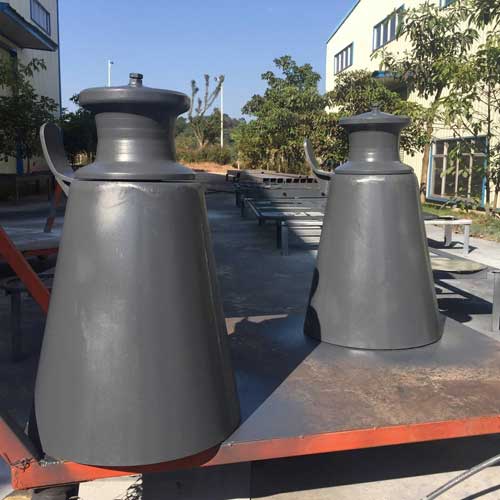
- Horizontal Roller Fairleads
Horizontal roller fairleads are configured to guide lines in a horizontal orientation. They are often used for lines that need to be led along the boat’s surface or deck, such as mooring lines. Horizontal fairleads ensure that lines are evenly distributed and prevent them from rubbing against the boat’s structure.
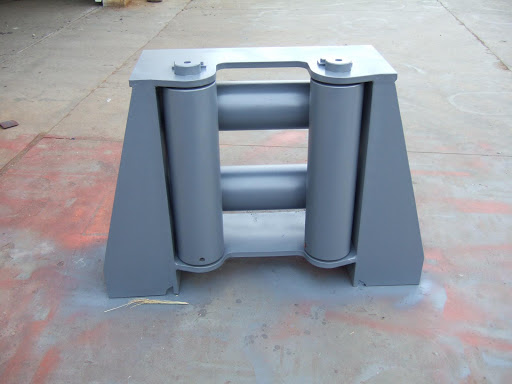
Installation and Usage
- Proper Placement on the Boat
The placement of roller fairleads depends on the specific requirements of the boat and the type of lines they are meant to guide. Typically, they should be strategically positioned to ensure that lines pass through them without rubbing against the boat’s structure. Proper placement minimizes line wear and enhances safety during docking and anchoring.
- How to Route Lines Through Roller Fairleads
To route lines through roller fairleads, boat operators should thread the lines through the rollers, ensuring that they are guided smoothly and evenly. The objective is to prevent lines from tangling, chafing, or creating excessive friction, which could compromise the lines and the boat’s safety.
Advantages and Disadvantages
Pros of Using Roller Fairleads
- Reduced line wear: Roller fairleads minimize friction, preventing chafing and premature wear of lines.
- Line guidance: They guide lines efficiently, ensuring smooth and controlled movement during anchoring and docking.
- Enhanced safety: By preventing lines from rubbing against the boat’s structure, roller fairleads contribute to a safer and more secure boating experience.
Cons of Using Roller Fairleads
- Initial cost: Quality roller fairleads may involve an initial investment, but their long-term benefits often outweigh this cost.
- Installation complexity: Installing roller fairleads may require some expertise, especially for boats without existing fairlead systems.
Roller fairleads are indispensable components for maintaining the integrity of lines and ensuring safety during anchoring, mooring, and docking. They play a crucial role in preventing line damage and ensuring the smooth operation of these critical maritime maneuvers.
3. Key Differences Between Mooring Chocks and Roller Fairleads
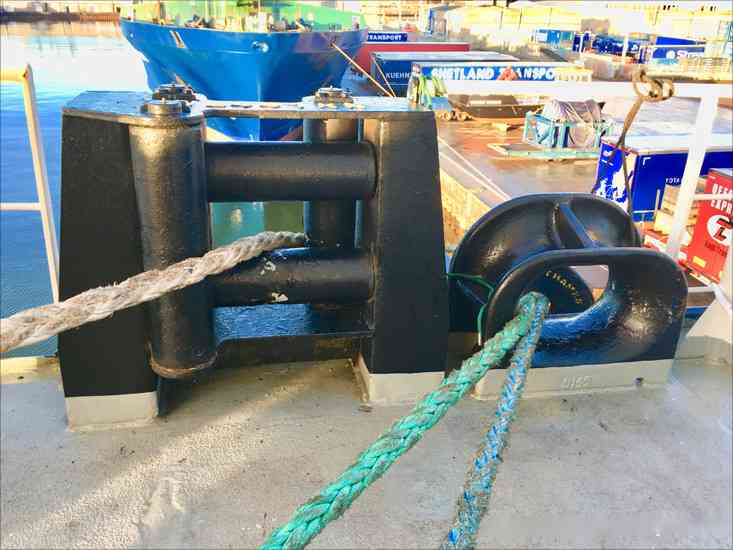
| Differences | Mooring Chocks | Roller Fairleads |
| Anchoring and Docking | Mooring chocks primarily serve to secure and guide mooring lines, ensuring the boat remains stable during mooring and docking.They prevent lines from moving excessively and chafing against the boat’s structure.Mooring chocks are essential for distributing the forces applied to mooring lines and enhancing stability. | Roller fairleads are designed to guide lines, ropes, or cables smoothly during various maritime operations, including anchoring and docking.They reduce friction and wear on lines, ensuring controlled and safe line movement.Roller fairleads are versatile components used in multiple scenarios, where friction reduction and line management are crucial. |
| Designs and Configurations | Mooring chocks come in various shapes and sizes but are generally characterized by fixed or hinged configurations.Fixed mooring chocks provide a stable and unchanging point for line placement, suitable for consistent mooring setups.Hinged mooring chocks offer flexibility as they can pivot or swing, accommodating changing mooring conditions or different line angles. | Roller fairleads feature cylindrical rollers to guide lines, and their design may vary based on whether they are vertical or horizontal.Vertical roller fairleads guide lines in a vertical orientation, often used for anchor lines.Horizontal roller fairleads guide lines in a horizontal orientation, common for mooring lines. |
| Contrasting Installation Requirements | Mooring chocks are typically permanently attached to the boat’s hull or deck, necessitating a secure installation.Installation involves fastening the chocks with bolts, screws, or other suitable hardware, ensuring they are fixed in place. | Roller fairleads may require a more intricate installation process as they involve rollers and guiding systems.Installation can vary depending on the type and design of the roller fairleads, but it often involves securely mounting them in the appropriate positions on the boat. |
| Maintenance Considerations | Mooring chocks are generally low-maintenance components, with occasional checks for corrosion and wear.Lubricating hinges or moving parts in hinged mooring chocks may be necessary to maintain functionality. | Roller fairleads require periodic maintenance to ensure the rollers move freely and reduce friction.Regular inspection for signs of wear and tear, as well as proper lubrication, is essential for their longevity and effectiveness. |
| Situations Where One Is Preferred Over the Other | Mooring chocks are typically preferred for scenarios where consistent and stable line placement is essential, such as fixed mooring setups or when the boat’s orientation doesn’t change frequently. | Roller fairleads are favored in situations where minimizing line wear and controlling line movement is critical, such as anchoring, and when the boat’s orientation may need to adapt to changing conditions. |
Understanding the distinctions between mooring chocks and roller fairleads is essential for boat owners and operators to make informed decisions, as each component has its own set of advantages and is best suited to particular maritime scenarios. Proper selection and usage of these components contribute to safe, efficient, and reliable anchoring and docking operations.
4. Choosing the Right Option for Your Boat
(1) Factors to Consider
Boat Size and Type
- The size and type of your boat play a significant role in determining whether mooring chocks or roller fairleads are more suitable.
- Larger vessels may require heavy-duty, permanently fixed mooring chocks, while smaller boats may benefit from the flexibility of roller fairleads.
- Consider the weight and dimensions of your boat to ensure that the chosen mechanism can handle the load effectively.
Docking Conditions and Environments
- The specific conditions in which you plan to dock your boat are crucial. Different environments may favor one mechanism over the other.
- If you frequently dock in changing or challenging conditions, roller fairleads may be more adaptable to handle varying line angles and friction.
- For consistent, stable mooring, mooring chocks might be preferable, especially in more controlled docking environments like marinas.
Personal Preferences and Usage Patterns
- Your personal preferences and usage patterns should influence your choice. Consider how you prefer to manage lines and what aligns with your boating habits.
- Some boat owners value the ease of use and versatility of roller fairleads, while others may prioritize the stability and durability of mooring chocks.
- Reflect on your own needs and how the chosen mechanism fits into your boating routine.
(2) Consultation with Experts
Seeking Advice from Professionals
- If you are uncertain about which mechanism is best for your boat, do not hesitate to seek advice from boating professionals or marine experts.
- Professional insight can provide valuable guidance based on your specific boat, docking conditions, and usage requirements.
- Consultation with experts can help ensure that you make an informed decision that aligns with the unique characteristics of your vessel.
(3) Budget Considerations
- Budget considerations are essential when choosing between mooring chocks and roller fairleads.
- Mooring chocks, especially high-quality fixed versions, may come with a higher upfront cost, but they can offer long-term durability and reliability.
- Roller fairleads vary in price depending on their design and materials. Consider your budget and weigh it against the long-term benefits of your chosen mechanism.
Selecting the right option for your boat is a decision that impacts safety, stability, and overall performance during docking and anchoring operations. By carefully evaluating boat size, docking conditions, personal preferences, and seeking expert advice, you can make an informed choice that enhances your boating experience. Additionally, factoring in budget considerations ensures that the chosen mechanism aligns with your financial resources and long-term investment goals.
Conclusion
In the realm of boating, where safety and efficiency are paramount, the choice between mooring chocks and roller fairleads is more than a mere hardware decision; it’s a crucial step toward ensuring a secure and enjoyable boating experience. As we conclude this exploration into these two essential components, it is clear that understanding their differences and evaluating their suitability for your unique needs is fundamental to informed decision-making.
Mooring chocks, whether fixed or hinged, play a vital role in securing lines, distributing forces, and maintaining stability. They excel in situations where consistent line placement is needed, making them a reliable choice for vessels that maintain the same mooring configuration. With the assurance of stability and line control, mooring chocks are valued by those who prioritize consistency in their docking routines.
Roller fairleads, on the other hand, offer versatility and adaptability. These line-guiding components are designed to reduce friction, minimize line wear, and ensure controlled line movement. They are particularly beneficial in dynamic docking scenarios and for boats that frequently navigate varying conditions. Roller fairleads provide boat operators with the flexibility they need to adapt to changing environments and line angles.
In conclusion, your boat is more than just a vessel; it’s a gateway to adventure, leisure, and exploration. The choices you make regarding its equipment, including mooring chocks and roller fairleads, have a direct impact on your experiences afloat. As you weigh the advantages and disadvantages of these components and consider their suitability for your vessel, remember that informed decisions lead to safer, more enjoyable, and more reliable boating adventures. Whether you opt for the steadfastness of mooring chocks or the versatility of roller fairleads, the goal is the same: a safe and secure journey on the water, where every docking and anchoring operation is executed with precision and peace of mind.

